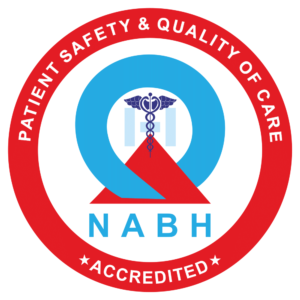Joint replacement surgery has become an increasingly common and effective solution for individuals suffering from severe joint pain and mobility issues. Whether due to arthritis, injury, or other degenerative conditions, joint replacement can significantly improve quality of life. This comprehensive guide aims to educate potential patients on the types, techniques, and recovery processes involved in joint replacement surgery.
Understanding Joint Replacement Surgery
Joint replacement surgery involves removing damaged or diseased parts of a joint and replacing them with artificial components, called prostheses. These prostheses are designed to mimic the function of a healthy joint, allowing for improved movement and reduced pain.
Types of Joint Replacement Surgeries
Several types of joint replacement surgeries are commonly performed:
- Total Hip Replacement (THR): The most common type, THR involves replacing both the acetabulum (hip socket) and the femoral head (ball of the hip joint) with prosthetic components.
- Partial Hip Replacement (PHR): In this surgery only the femoral head is replaced. This procedure is less common and typically reserved for specific cases, such as certain fractures.
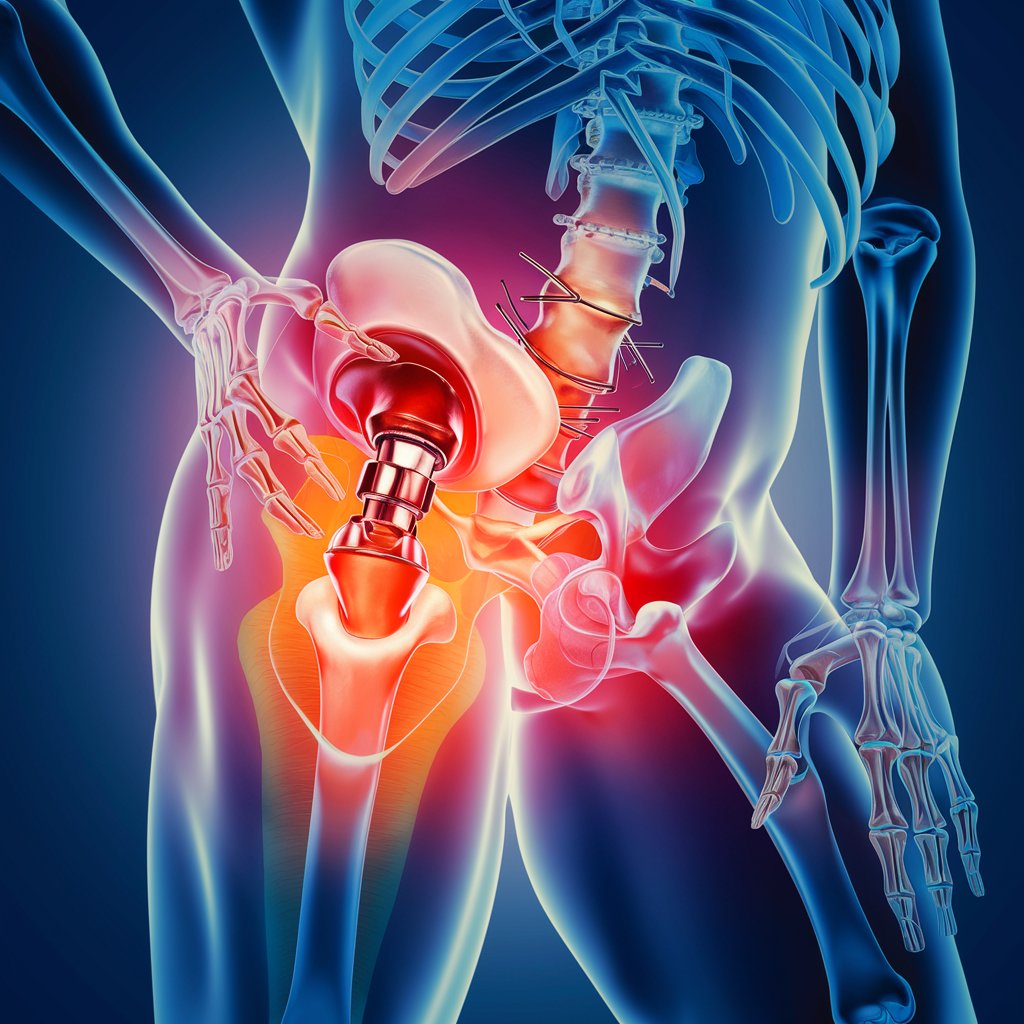
- Knee Replacement:
- Total Knee Replacement (TKR): Involves replacing the entire knee joint, including the femoral and tibial components, and sometimes the patella (kneecap).
- Partial Knee Replacement (PKR): Only the damaged compartment of the knee is replaced. This option is only suitable for patients with arthritis limited to one area of the knee.
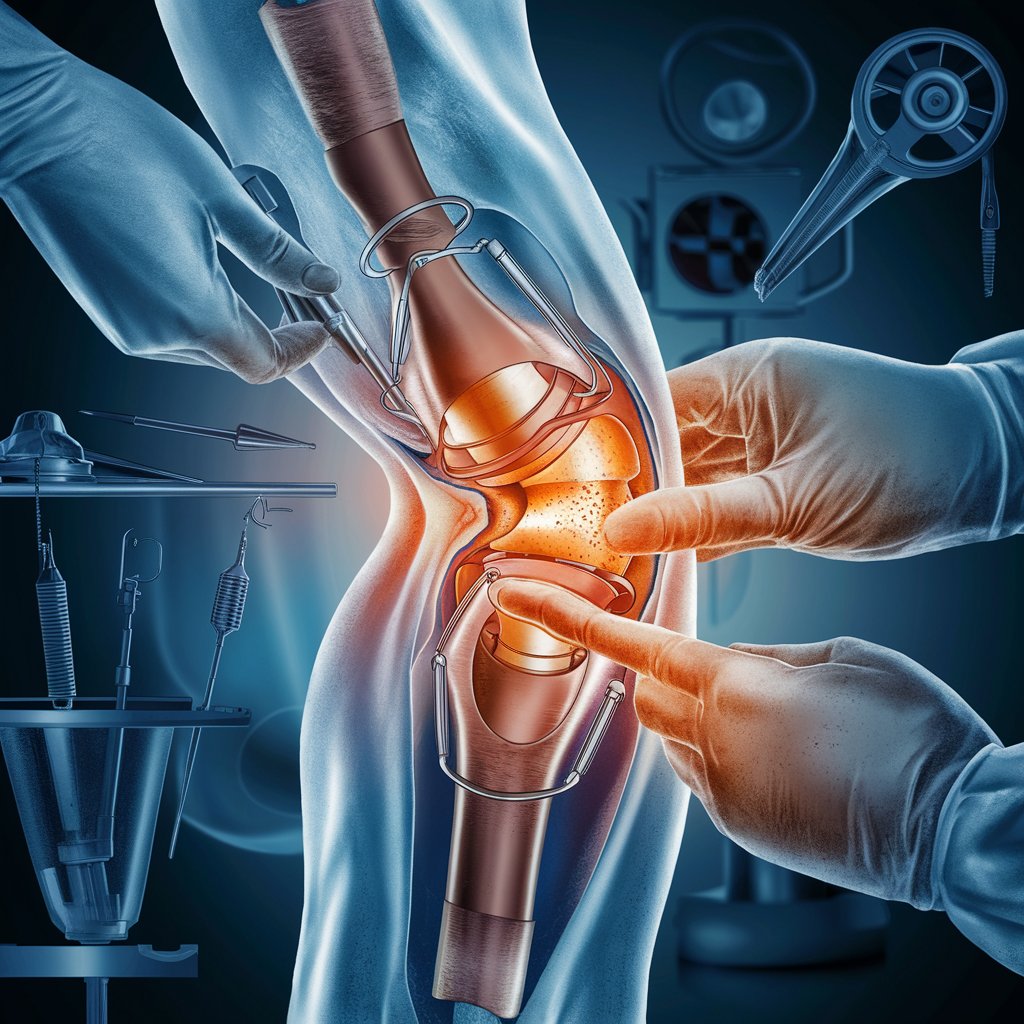
- Shoulder Replacement:
- Total Shoulder Replacement (TSR): Both the humeral head (ball) and the glenoid (socket) are replaced.
- Partial Shoulder Replacement: In this surgery the humeral head is replaced. This is less common and usually performed in cases where the glenoid is intact.
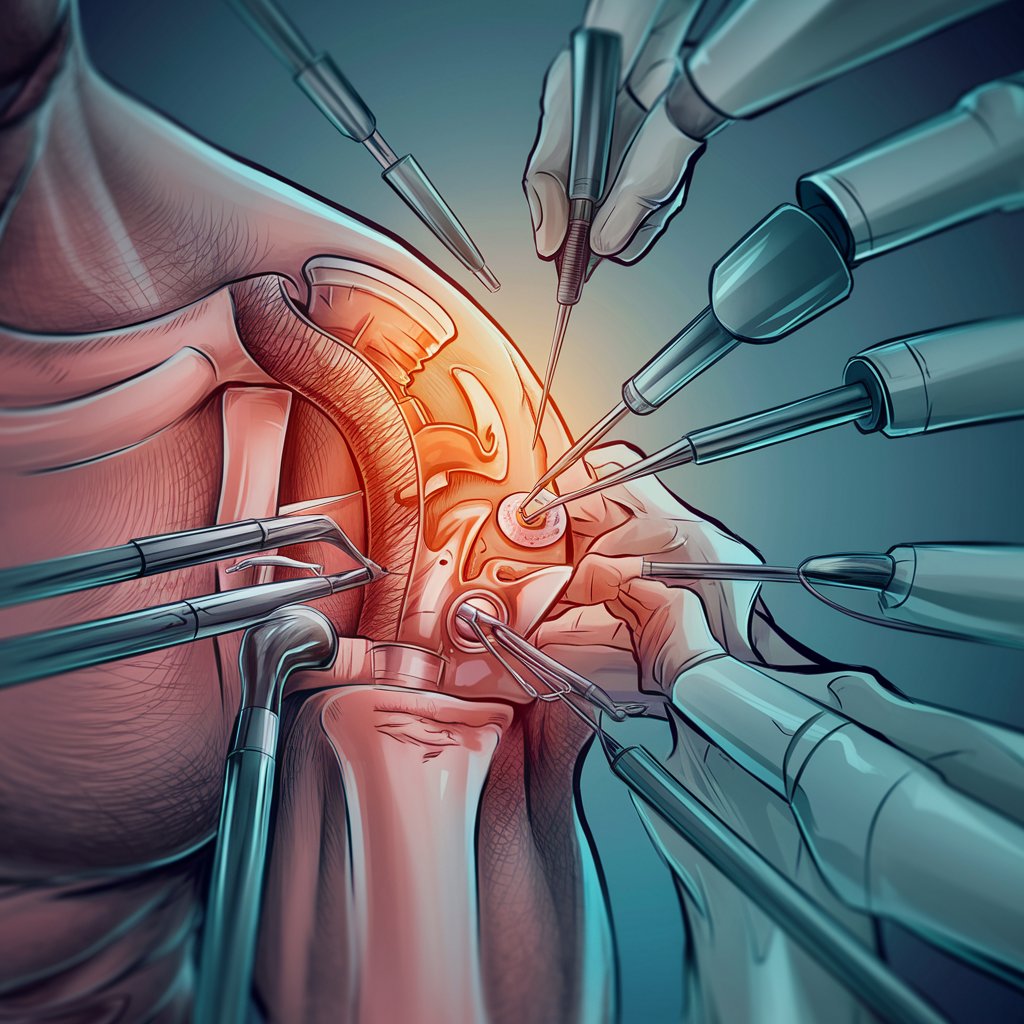
- Other Joint Replacements:
- Ankle, Elbow, and Wrist Replacements: These are less common but can be highly effective for patients with severe arthritis or injury in these joints.
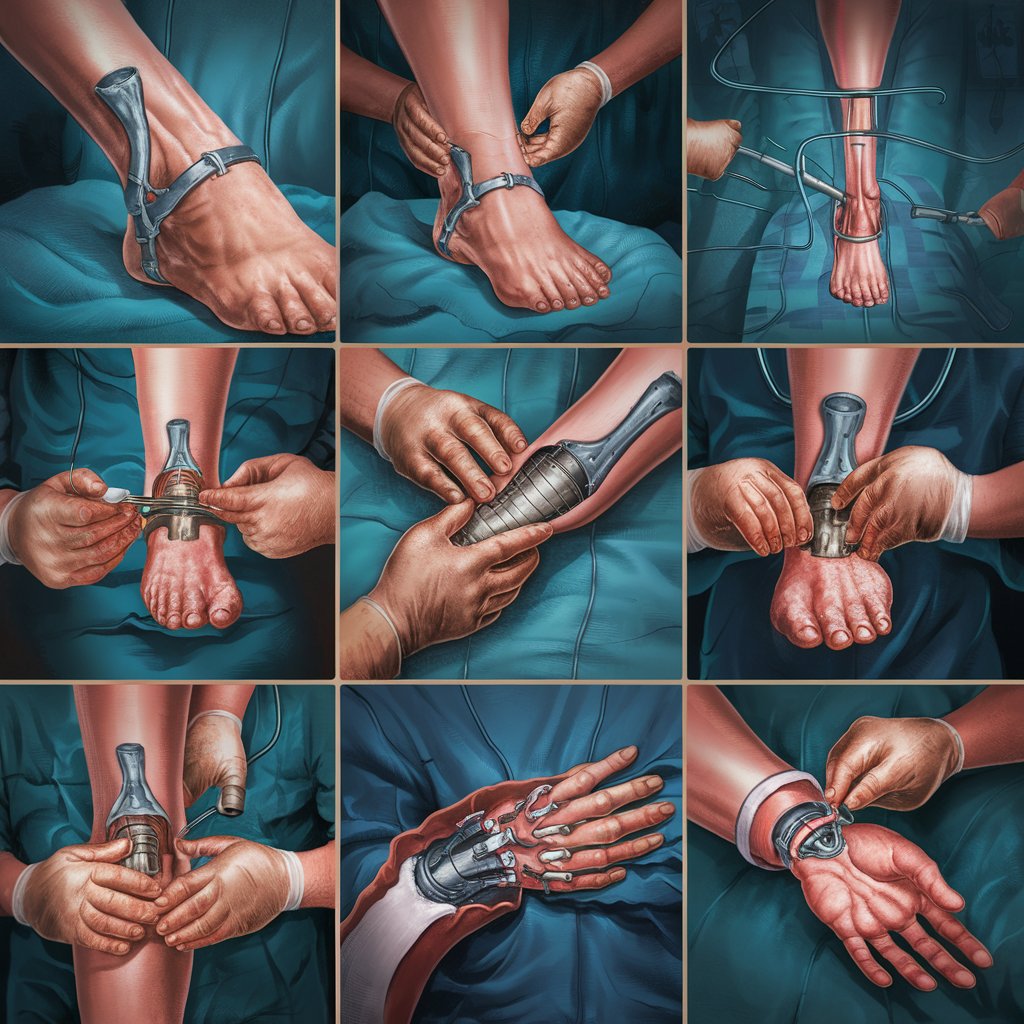
Surgical Techniques
Modern advancements in surgical techniques have made joint replacement surgeries more precise and less invasive. The most commonly used techniques include:
- Traditional Open Surgery:
- Involves making a large incision to access the joint.
- Provides a clear view for the surgeon but requires a longer recovery time.
- Minimally Invasive Surgery (MIS):
- Uses smaller incisions and specialized instruments.
- Offers reduced recovery time and less postoperative pain.
- Requires a highly skilled surgeon and may not be suitable for all patients.
- Robotic-Assisted Surgery:
- Utilizes robotic systems to enhance precision during the procedure.
- Can improve the alignment and placement of the prosthetic components.
- Often associated with better outcomes and quicker recovery.
- Computer-Assisted Surgery (CAS):
- Employs computer technology to guide the surgeon.
- Enhances accuracy in positioning the prosthetic components.
- Can lead to more personalized and effective joint replacements.
Preparing for Surgery
Preparation for joint replacement surgery involves these steps to ensure the best possible outcome:
- Medical Evaluation:
- A thorough evaluation by your surgeon and primary care physician to assess overall health and suitability for surgery.
- Includes blood tests, imaging studies (X-rays, MRI), and possibly cardiac evaluations.
- Preoperative Education:
- Attend a preoperative education class or session to understand the surgery, recovery process, and what to expect.
- Discuss your concerns and questions with our healthcare experts.
- Lifestyle Modifications:
- Optimize your health before surgery by maintaining a healthy weight, eating a balanced diet, and quitting smoking if applicable.
- Engage in preoperative physical therapy to strengthen muscles around the joint and improve postoperative recovery.
The Surgical Procedure
On the day of surgery:
- Anesthesia:
- Administered to ensure that your body is comfortable and pain-free during the procedure. Options include general anesthesia (you are completely asleep) or regional anesthesia (numbing the area while you remain awake but sedated).
- Surgical Process:
- The surgeon makes an incision to access the joint.
- Damaged bone and cartilage are removed.
- The prosthetic components are carefully placed and secured.
- The incision is then closed with sutures or staples, and a sterile dressing is applied to close that part and to avoid anything from entering the wound.
Recovery and Rehabilitation
Recovery from joint replacement surgery involves several stages:
- Immediate Postoperative Period:
- You will be monitored in the recovery room till you are awake and stable.
- Pain management is crucial during this time, using medications and ice packs.
- Hospital Stay:
- Most patients stay in the hospital for 1-3 days, depending on the type of surgery and individual progress.
- Physical therapy typically begins the day after surgery to encourage movement and prevent stiffness.
- Home Recovery:
- Follow your surgeon’s instructions regarding wound care, medication, and activity restrictions.
- Continue physical therapy exercises as prescribed to regain strength and mobility.
- Use assistive devices such as crutches, walkers, or canes as needed.
- Long-Term Recovery:
- Full recovery can take several months, during which you will gradually increase your activity level.
- Attend follow-ups and appointments with our surgeons and make sure to monitor progress and address all the essential concerns.
Tips for a Successful Recovery
- Adhere to Your Rehabilitation Plan:
- Consistently perform physical therapy exercises to improve strength and flexibility.
- Gradually increase activity levels as recommended by your healthcare team.
- Maintain a Healthy Lifestyle:
- Eat a balanced diet that is rich in nutrients, vitamins to support the healing process.
- Avoid smoking and stop alcohol consumption, as these can impair your recovery process.
- Monitor for Complications:
- Watch for signs of infection, such as redness, swelling, or fever, and contact your healthcare provider if these occur.
- Be aware of blood clot symptoms, such as leg swelling or pain, and seek medical attention if needed.
Conclusion
Joint replacement surgery is a highly effective treatment for individuals suffering from severe joint pain and mobility issues. By understanding the types, techniques, and recovery processes involved, patients can make informed decisions and take an active role in their recovery journey. With proper preparation, a skilled surgical team, and a commitment to rehabilitation, joint replacement surgery can lead to a significant improvement in quality of life.
If you have any Personal Queries you can schedule your Consultation with Dr. Sushil Kulkarni (Orthopedic & Joint Replacement Surgeon )

